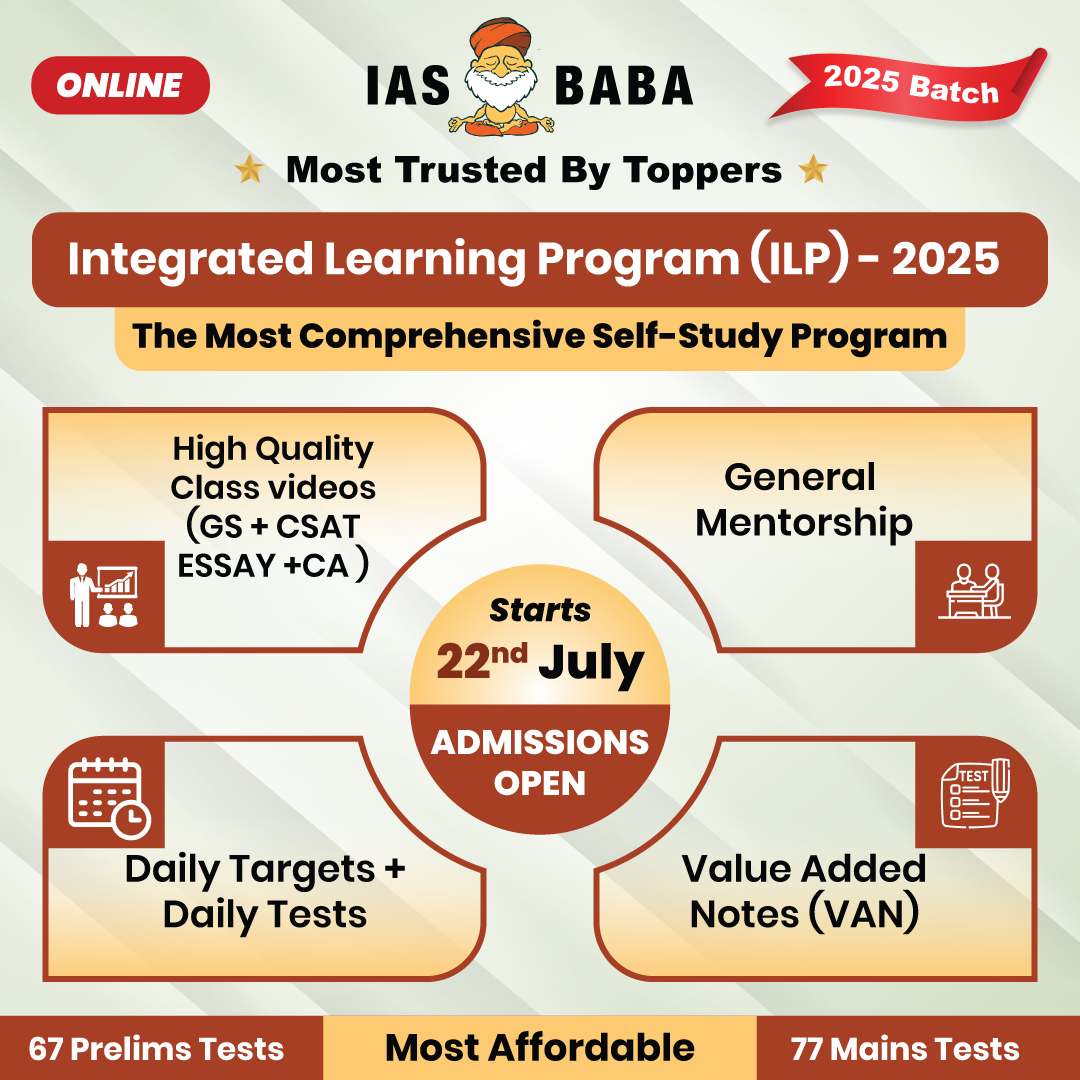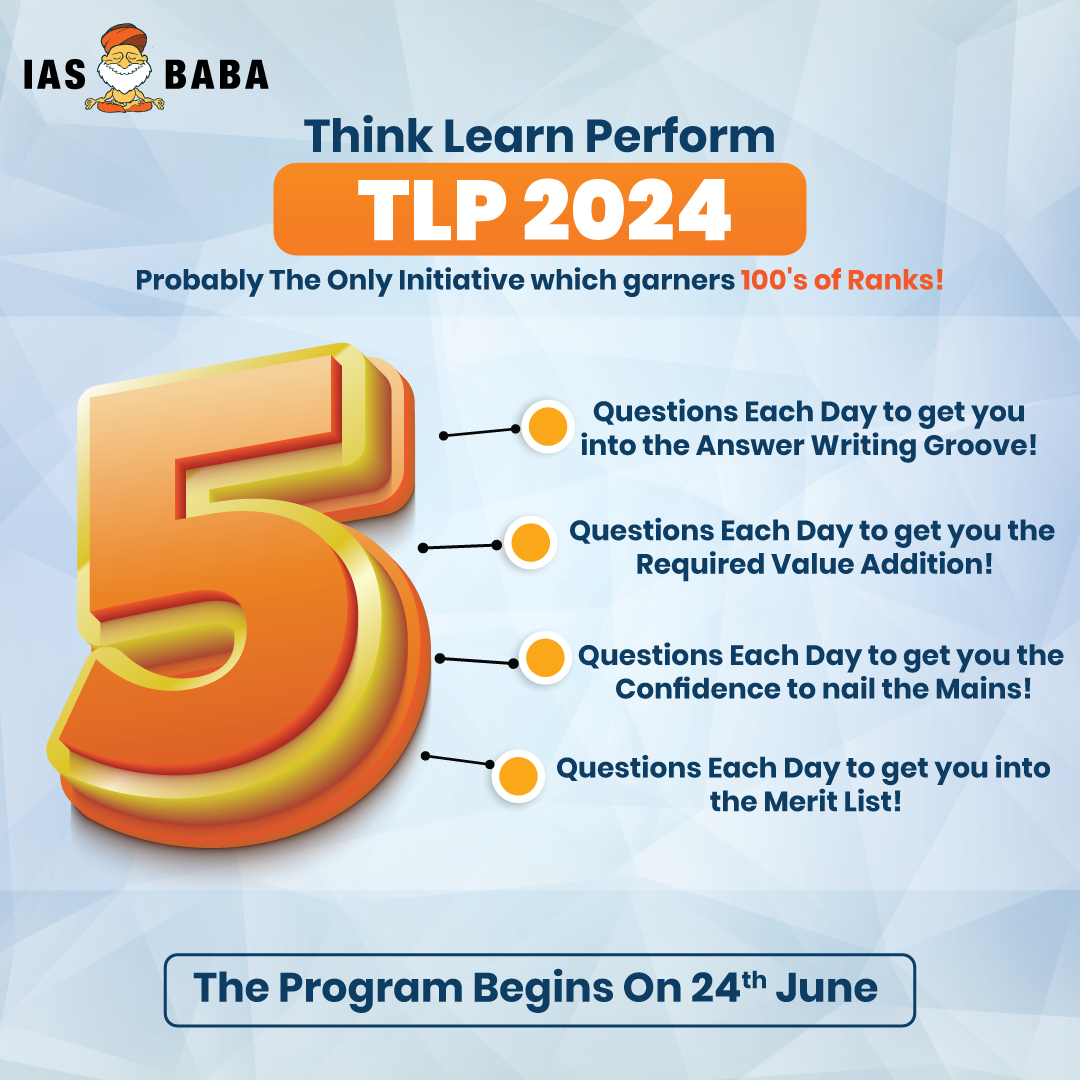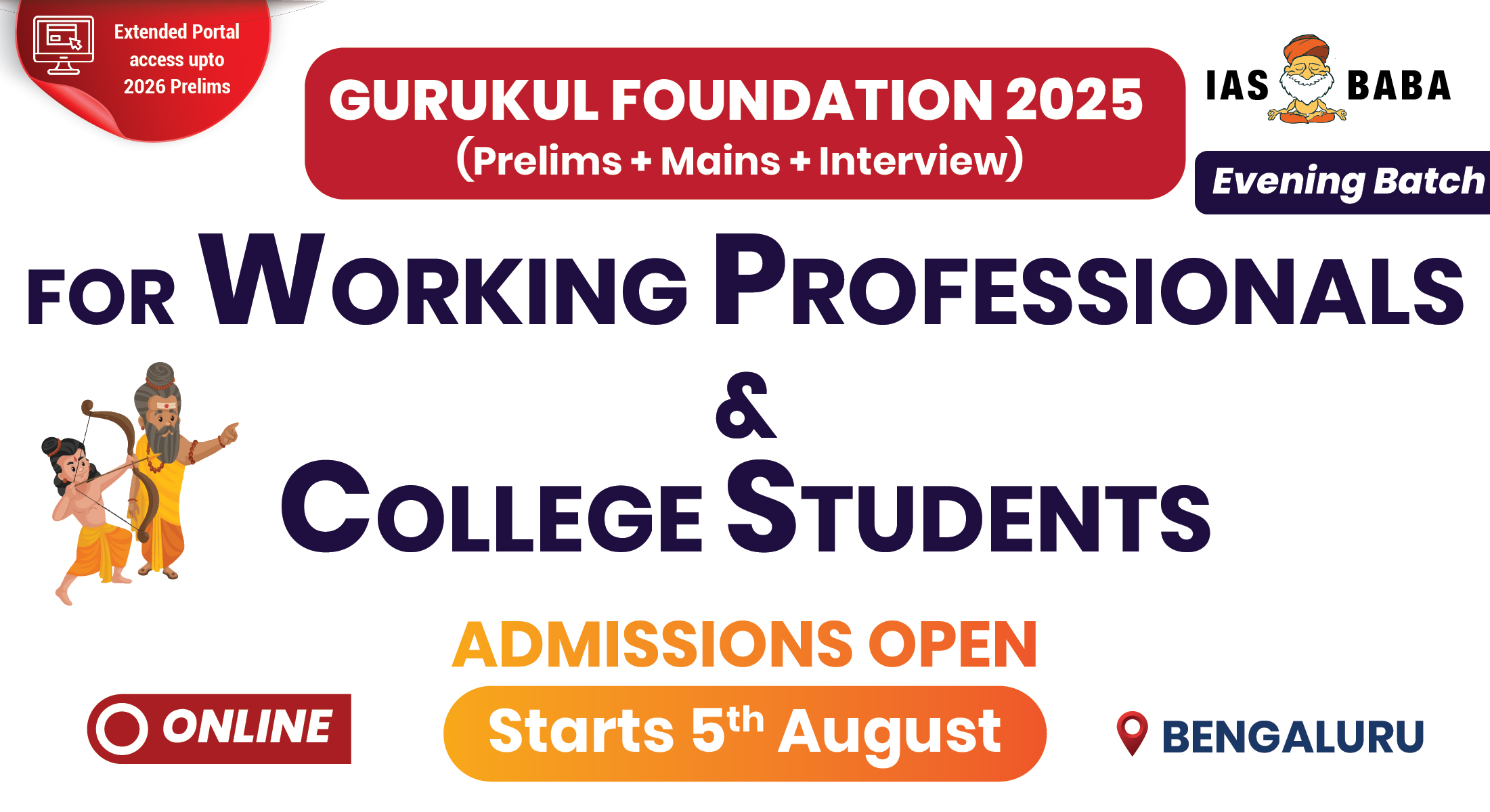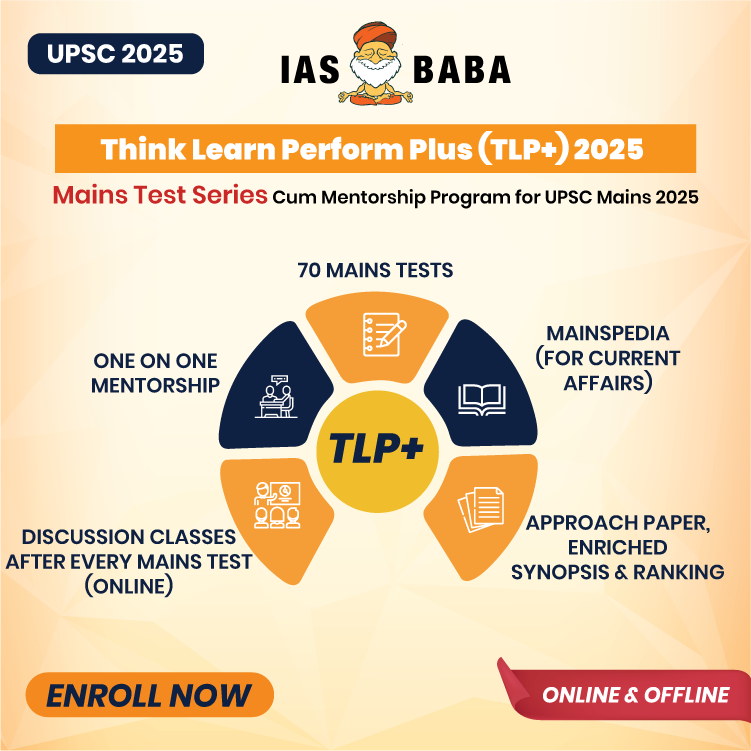UPSC Articles
EDUCATION/ GOVERNANCE/ SCIENCE & TECH
Topic: General Studies 2, 3:
- Issues relating to development and management of Social Sector/Services relating to Education, Human Resources
- Science and Technology- developments and their applications and effects in everyday life
ASER Survey: COVID-19 impact and Gaps in Learning
Context: Although the Centre has now permitted States to start reopening schools if they can follow COVID-19 safety protocols, the vast majority of the country’s 25 crore students are still at home after seven straight months.
What is Annual Status of Education Report?
- It is the largest citizen-led survey in India facilitated by Pratham NGO. It is also the only annual source of information on children’s learning outcomes available in India today
- ASER is a household-based rather than school-based survey. This design enables all children to be included – those who have never been to school or have dropped out, as well as those who are in government schools, private schools, religious schools or anywhere else.
- ASER 2020 was conducted in 26 states and four Union Territories.
- The phone-based survey was done in September 2020, the sixth month of national school closures. A total of 52,227 rural households and 59,251 children in the 5-16 age group were surveyed.
- ASER 2020 explored whether this unprecedented situation has caused shifts in children’s enrollment patterns in rural India
Key Finding of 2020 report (rural) are:
- Shift in enrolments from private schools to government institutions: 69.55 per cent children in the 6-14 age group are enrolled in government schools, up from 66.42 per cent in 2018.
- Decrease in Enrolment: ASER 2020 shows that 5.5 per cent children are not currently enrolled for the 2020-21 school year, up from 4 per cent in 2018. This difference is the sharpest among the youngest children (ages 6 to 10), possibly because they have not yet secured admission to school. While 1.8 per cent children in this age group were not enrolled in 2018, that has spiked to 5.3 per cent.
- Digital Divide: The survey found 43.6% of students in government schools without access to a smartphone, while 67.3% of those who received learning materials in these institutions got them over WhatsApp, underscoring the role played by gadgets and connectivity
- Increased Smartphone penetration not translated into access to Education: The levels of smartphone ownership have almost doubled – from 36.5% in 2018 to 61.8% in 2020, but a third of children with smartphone access still did not receive any learning materials.
- Parental/community involvement: Almost 75 per cent of children said they received some form of learning support from family members, with older siblings playing a key role.
- Government worked to respond to crisis: More than 80 per cent children said they had textbooks for their current grade, this proportion was higher among students enrolled in government schools (84.1 per cent) than in private ones (72.2 per cent).
- Parental levels of education and resources played a key role in whether children studied at home: About 20% of children whose parents had less than five years of education got learning materials, compared to 46% among parents who had studied beyond Class IX themselves
- Regional imbalance: In Bihar, less than 8% got such materials from their schools, along with 20% in West Bengal, Rajasthan and Uttar Pradesh. On the other hand, more than 80% of rural children in Himachal Pradesh, Punjab, Kerala and Gujarat received such input.
Important Takeaways from the report
- Evidence based policy making: The data collected could facilitate intervention by the education system in some respects, even if, going forward, schools opt for a hybrid solution of partial reopening and online learning.
- Expanding availability of textbooks to all, including those who dropped out or are waiting to be formally admitted, will help parents and siblings aid learning.
- Bridging the divide on educational aids, now including smartphones, will enable transmission of learning materials, and personal tutorial sessions.
- Opportunity for Observational Learning: The education system could creatively use opportunities during the current year to broaden learning. Students could use the safety of the open countryside to learn, under guidance from teachers, a host of topics by doing things themselves which helps create strong foundations.
- Need for Monitoring: When schools re-open, it will be important to continue to monitor who goes back to school, and very importantly to understand whether there is learning loss as compared to previous years,
- Leveraging Home Support to improve learning: Schools should find ways to build on the home support going forward, given that families provided learning support to children during pandemic, either from parents or elder siblings.
Connecting the dots:
- ASER 2019 report: Fix early learning in government schools
















